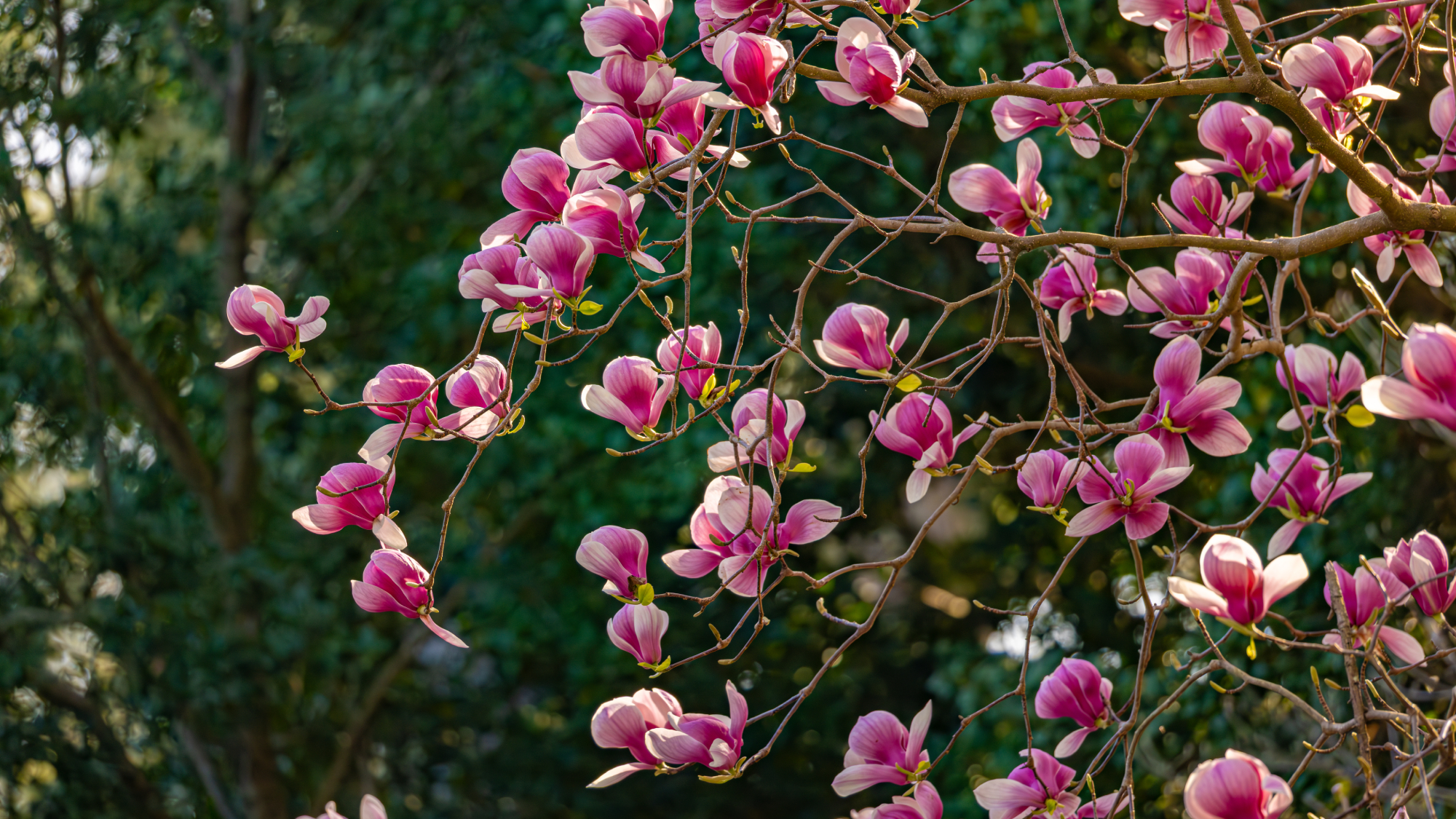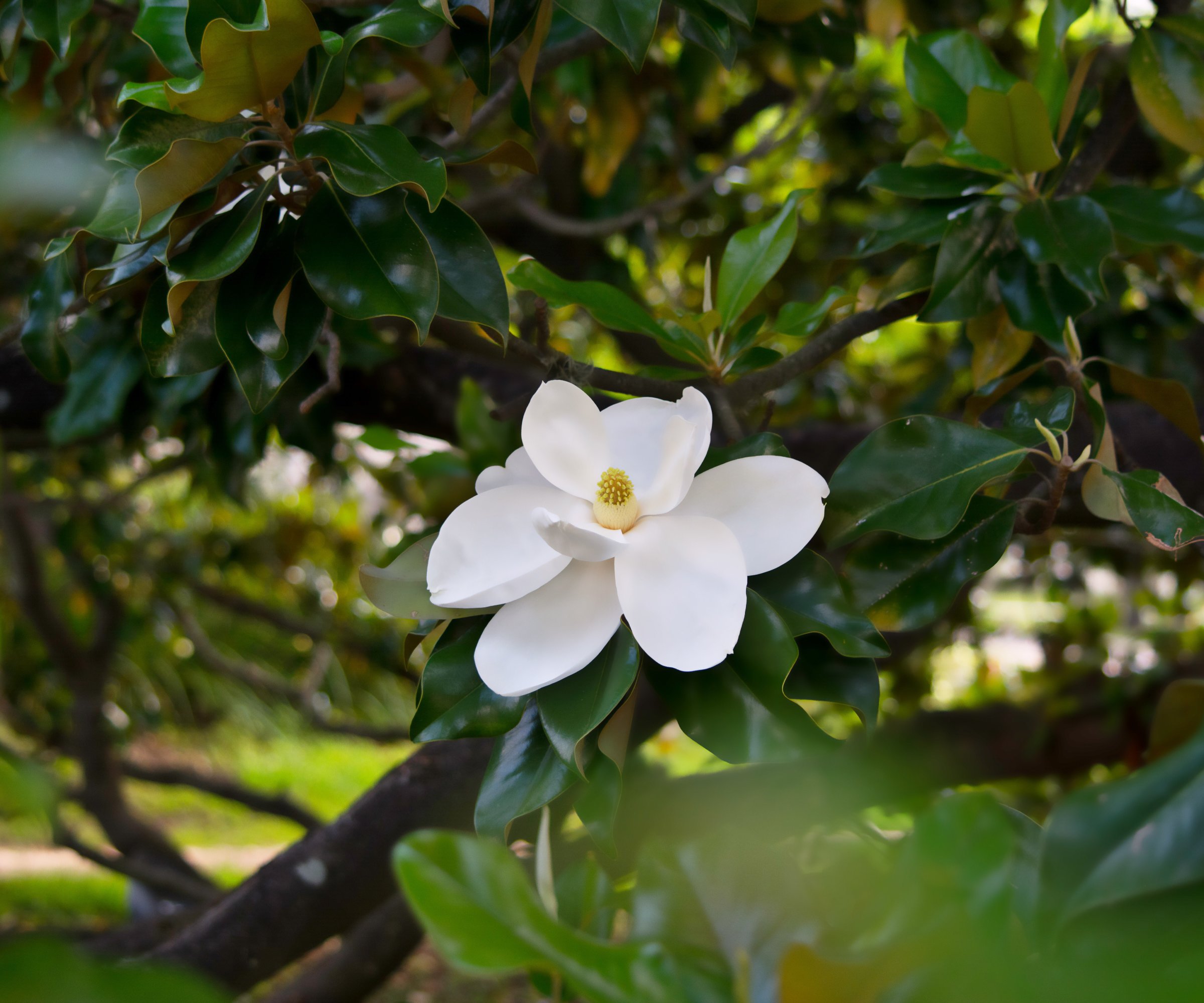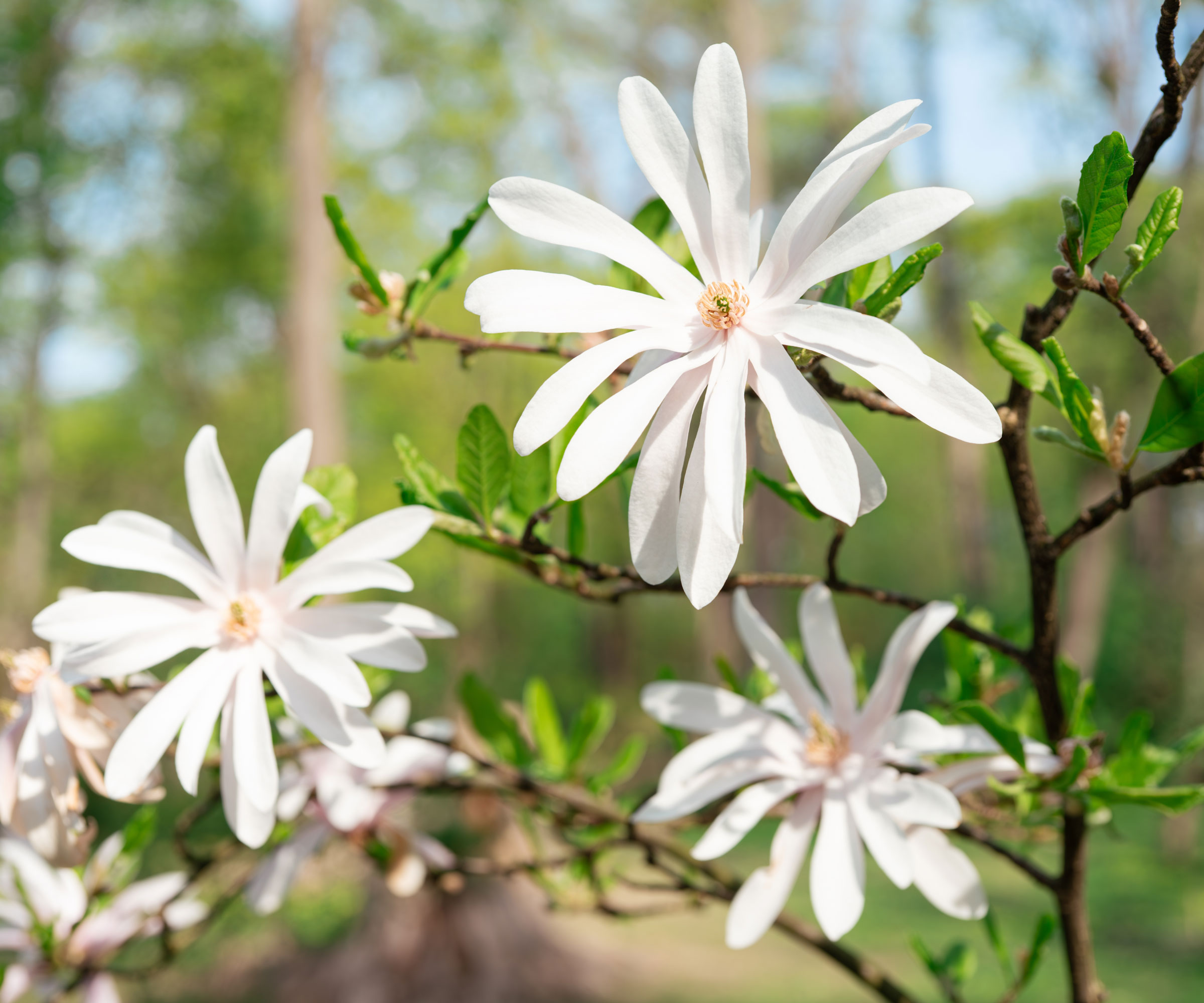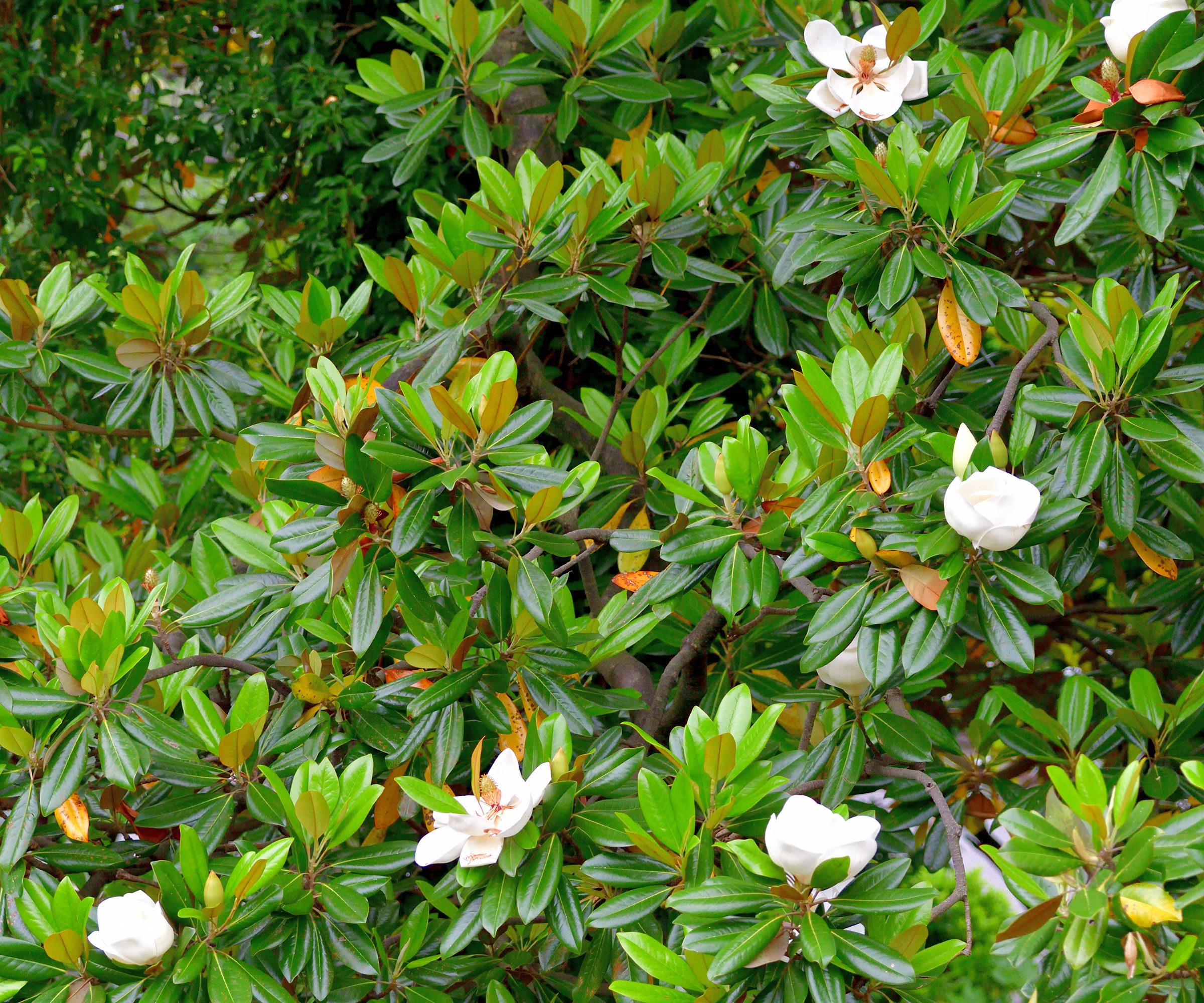Magnolia Tree Reblooming? Here's Why Your Spring Flowers Are Back in Fall & What It Means for Next Year's Blooms
Is your magnolia blooming in fall? Unexpected fall flowers may surprise gardeners, but there's no need to worry. Here's why it happens and what you need to do.


A magnolia tree reblooming in fall, bursting with creamy petals, will catch anyone off guard. Normally a spring star, your tree may be throwing a surprise party in fall instead. But this out-of-season show isn’t just a fluke – it’s a response to the either the environment or how you're caring for your magnolia.
Fall flowering in magnolias can look magical, but it can create uncertainty and questions. As long as you provide your tree with proper magnolia care, it will remain healthy through unexpected blooms. A well-tended tree stays ready for next season’s display, whether it’s blooming now or not.
But it’s not just magnolias that sometimes put on an unexpected show in autumn – other spring plants sometimes rebloom, too. Understanding why a tree is blooming in fall helps gardeners make smart choices about how to tend to them. I'll explain the reasons why your magnolia might be blooming in fall and what you should (and shouldn't) do if your tree starts to flower out of season.
Is Your Magnolia Blooming in Fall?
Unexpected flowers in fall can certainly grab attention. But those striking blooms may signal changes in the garden’s cycle, potentially affecting next spring’s display. A magnolia’s health hinges on handling these surprises right, so it stays strong and vibrant.
Fall flowering might stress your tree and cause it to pull energy away from next year’s buds. But if you pay attention to your magnolia's needs, you can help it put on another beautiful display next spring.
Gardeners who understand why fall reblooming happens can plan better and keep their magnolia trees strong and ready for the seasons ahead, without losing that springtime show. Let's take a look at how to identify if your tree is reblooming in fall and the reasons why.

What Does Reblooming Look Like?
Magnolias in fall might sprout a few creamy, star-shaped flowers, scattered across their branches. It’s not the full spring explosion – more like a shy encore of velvet soft petals. Other plants, like azaleas, may also push out blooms in fall.
Sign up for the Gardening Know How newsletter today and receive a free copy of our e-book "How to Grow Delicious Tomatoes".
These flowers in fall often appear unevenly, with some branches totally bare and others dotted with color. Look for smaller, less vibrant blooms than spring’s big display. This is a sign that the plant is responding to something unexpected that's tricking it into blooming early.

Reasons for Magnolias Reblooming
Warm fall days can trick magnolias into thinking it’s spring again. An unseasonably warm fall weather streak, like a week or so of 70°F (21°C) days, can often set off a magnolia tree in fall to bloom. To your magnolia, the higher temperatures feel like a warm spring breeze.
Other spring bloomers, like dogwoods, may follow suit and show flowers in fall when conditions align just right. While this doesn't happen every year, it could become more common as one of the effects of climate change on gardens.
Heavy summer pruning or a dose of fertilizer can jolt the tree into producing flowers, too. Poor drainage, drought, or sudden rain after a dry spell can also trigger reblooming and throw off the growth cycle of your tree.
Magnolias grown in well-drained soil, and shown consistent care are less likely to bloom out of season. Check soil moisture with this 4-in-1 soil meter from Amazon and avoid overfeeding to keep flowers on schedule.
Hormonal shifts, like from gibberellins that boost flower growth or from ethylene that causes stress, can cause reblooming as well. It’s like your tree is trying to seize the day before winter hits.

Will Reblooming Affect Next Year’s Flowers?
Fall flowering can sap energy from a magnolia’s spring buds. If the tree pours effort into those autumn blooms, next year’s display might be lighter with fewer flowers or smaller petals .
But it’s not a big disaster – healthy magnolias often bounce back when given the right care. Avoid late-season pruning to help your tree save energy. A strong root system and healthy garden soil also help magnolias put on a solid spring show, even after a bout of fall blooms.
What You Should (and Shouldn't) Do
Don’t prune those fall blooms – they’re already set and cutting them will only stress the tree out more. I know it’s tempting, but hold off.
Water moderately if the soil is dry, and avoid heavy fertilizer use to prevent more reblooming, which can wear out your tree.
Mulch around the base of your magnolia to help stabilize soil temperature. A layer of Back to the Roots organic mulch from Amazon is perfect for this.
Finally, keep an eye on your tree’s overall health and let it ride out the fall flowering. It’s a weird show, but your magnolia will continue to thrive for years to come little help from you.

Tyler’s passion began with indoor gardening and deepened as he studied plant-fungi interactions in controlled settings. With a microbiology background focused on fungi, he’s spent over a decade solving tough and intricate gardening problems. After spinal injuries and brain surgery, Tyler’s approach to gardening changed. It became less about the hobby and more about recovery and adapting to physical limits. His growing success shows that disability doesn’t have to stop you from your goals.